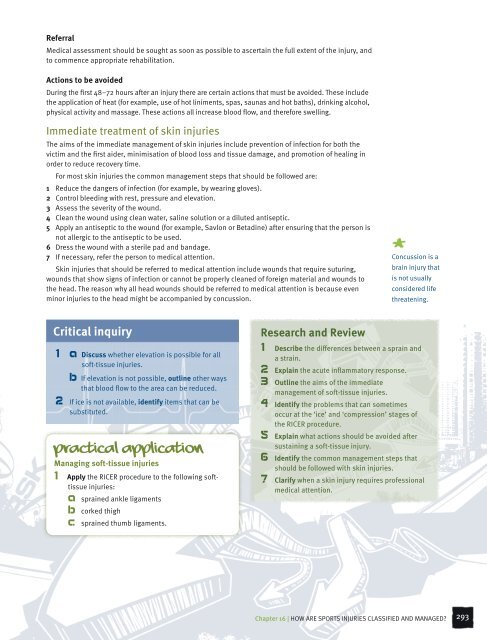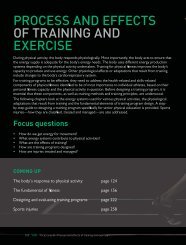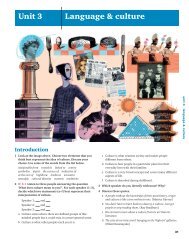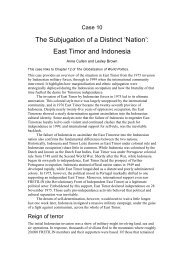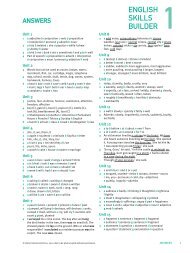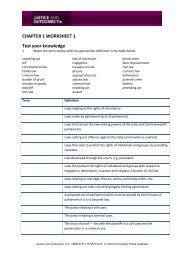Create successful ePaper yourself
Turn your PDF publications into a flip-book with our unique Google optimized e-Paper software.
Referral<br />
Medical assessment should be sought as soon as possible <strong>to</strong> ascertain the full extent of the injury, and<br />
<strong>to</strong> commence appropriate rehabilitation.<br />
Actions <strong>to</strong> be avoided<br />
During the first 48–72 hours after an injury there are certain actions that must be avoided. These include<br />
the application of heat (for example, use of hot liniments, spas, saunas and hot baths), drinking alcohol,<br />
physical activity and massage. These actions all increase blood flow, and therefore swelling.<br />
Immediate treatment of skin <strong>injuries</strong><br />
The aims of the immediate management of skin <strong>injuries</strong> include prevention of infection for both the<br />
victim and the first aider, minimisation of blood loss and tissue damage, and promotion of healing in<br />
order <strong>to</strong> reduce recovery time.<br />
For most skin <strong>injuries</strong> the common management steps that should be followed are:<br />
1 Reduce the dangers of infection (for example, by wearing gloves).<br />
2 Control bleeding with rest, pressure and elevation.<br />
3 Assess the severity of the wound.<br />
4 Clean the wound using clean water, saline solution or a diluted antiseptic.<br />
5 Apply an antiseptic <strong>to</strong> the wound (for example, Savlon or Betadine) after ensuring that the person is<br />
not allergic <strong>to</strong> the antiseptic <strong>to</strong> be used.<br />
6 Dress the wound with a sterile pad and bandage.<br />
7 If necessary, refer the person <strong>to</strong> medical attention.<br />
Skin <strong>injuries</strong> that should be referred <strong>to</strong> medical attention include wounds that require suturing,<br />
wounds that show signs of infection or cannot be properly cleaned of foreign material and wounds <strong>to</strong><br />
the head. The reason why all head wounds should be referred <strong>to</strong> medical attention is because even<br />
minor <strong>injuries</strong> <strong>to</strong> the head might be accompanied by concussion.<br />
Critical inquiry<br />
1 a Discuss whether elevation is possible for all<br />
soft-tissue <strong>injuries</strong>.<br />
b If elevation is not possible, outline other ways<br />
that blood flow <strong>to</strong> the area can be reduced.<br />
2 If ice is not available, identify items that can be<br />
substituted.<br />
practical application<br />
Managing soft-tissue <strong>injuries</strong><br />
1 Apply the RICER procedure <strong>to</strong> the following softtissue<br />
<strong>injuries</strong>:<br />
a sprained ankle ligaments<br />
b corked thigh<br />
c sprained thumb ligaments.<br />
#<br />
Concussion is a<br />
brain injury that<br />
is not usually<br />
considered life<br />
threatening.<br />
Research and Review<br />
1 Describe the differences between a sprain and<br />
a strain.<br />
2 Explain the acute inflamma<strong>to</strong>ry response.<br />
3 Outline the aims of the immediate<br />
management of soft-tissue <strong>injuries</strong>.<br />
4 Identify the problems that can sometimes<br />
occur at the ‘ice’ and ‘compression’ stages of<br />
the RICER procedure.<br />
5 Explain what actions should be avoided after<br />
sustaining a soft-tissue injury.<br />
6 Identify the common management steps that<br />
should be followed with skin <strong>injuries</strong>.<br />
7 Clarify when a skin injury requires professional<br />
medical attention.<br />
Chapter 16 | HOW ARE SPORTS INJURIES CLASSIFIED AND MANAGED?<br />
293


